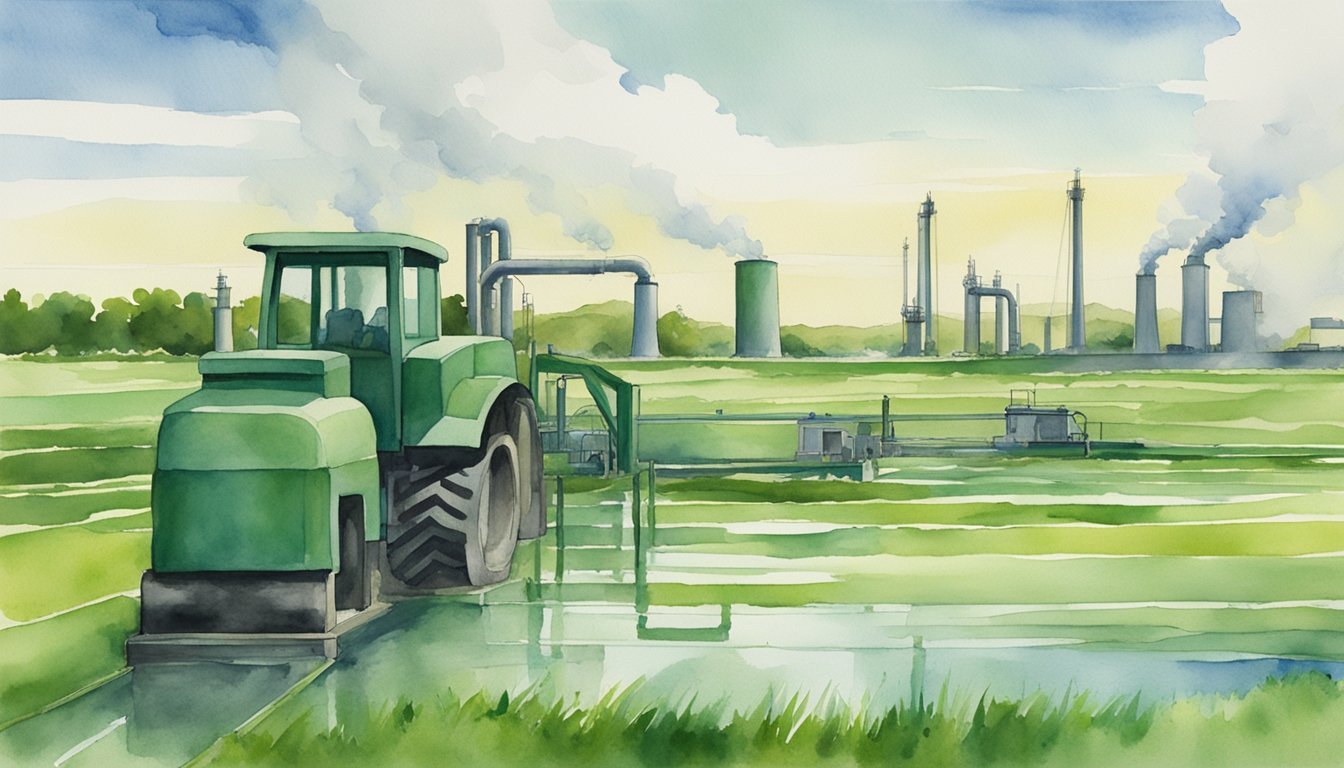Global Agricultural Trends in 2024
The agricultural sector in 2024 continues to adapt to significant pressures from climate change and technological evolution. Farmers worldwide are employing new strategies to secure food production while responding to environmental concerns.
Farm Policy and Climate Initiatives
In response to climate change, both developed and developing nations have updated their farm policies to prioritize sustainability and reduce carbon footprints. The 2023 farm bill plays a crucial role in shaping these initiatives, offering support for farmers to shift towards climate-smart agricultural practices. Efforts include investing in renewable energy resources to power agricultural operations, thereby minimizing reliance on non-renewable energy sources.
The USDA has embraced climate initiatives, encouraging climate-smart agriculture that not only reduces greenhouse gas emissions but also enhances the resiliency of the food system. Programs under these initiatives offer incentives for practices like cover cropping and improved nutrient management which are instrumental in mitigating the effects of climate change on farming.
Technological Advancements in Agriculture
Technology continues to transform the field of agriculture, improving both efficiency and yield outcomes. In 2024, precision farming has advanced, with drones and AI systems playing key roles in monitoring crop health and optimizing resource use to support farmers in producing more with less.
The incorporation of robotics in agricultural processes helps to streamline tasks such as harvesting, planting, and weeding. AI’s contribution is equally important for predicting weather patterns and pest invasions, enabling proactive measures that safeguard crops and improve food security. These technological interventions contribute significantly towards a more sustainable and productive farming landscape.
Agricultural Practices and Environmental Impact

Agricultural practices significantly contribute to the environmental footprint, affecting everything from soil health to climate patterns.
Sustainable Farming and Crop Management
Sustainable farming practices aim to balance the needs of food production with environmental conservation. Crop management techniques, such as crop rotation and the use of cover crops, improve soil health by replenishing essential nutrients and preventing erosion. Organic farming, which eschews synthetic pesticides and fertilizers, has been shown to support biodiversity, including the pivotal role of pollinators such as bees. Similarly, conservation tillage methods reduce greenhouse gas emissions by sequestering carbon in the soil.
- Crop Rotation: The practice of alternating the species of crops grown on a particular piece of land to preserve the fertility of the soil.
- Cover Crops: Plants grown to protect and enhance soil health during periods when main crops are not cultivated.
Impact on Ecosystems and Biodiversity
Intensive agricultural methods often lead to habitat loss and decreased biodiversity. Fertilizer runoff can cause damage to aquatic life and contribute to oxygen-depleted dead zones. For instance, soybean and corn production can lead to significant pollution if not managed carefully. The transformation of land from natural habitats to farmland also affects wildlife populations, as seen with certain bird species that rely on such habitats. Meanwhile, sustainable agriculture practices are known to foster a variety of life, helping to sustain bee populations and wildlife habitats.
- Wildlife Habitats: Areas where wildlife can live and thrive. Destruction or alteration of these habitats due to agriculture leads to a loss of biodiversity.
- Fertilizer Runoff: The washing away of excess fertilizers into bodies of water, which can cause algae blooms and aquatic dead zones.

